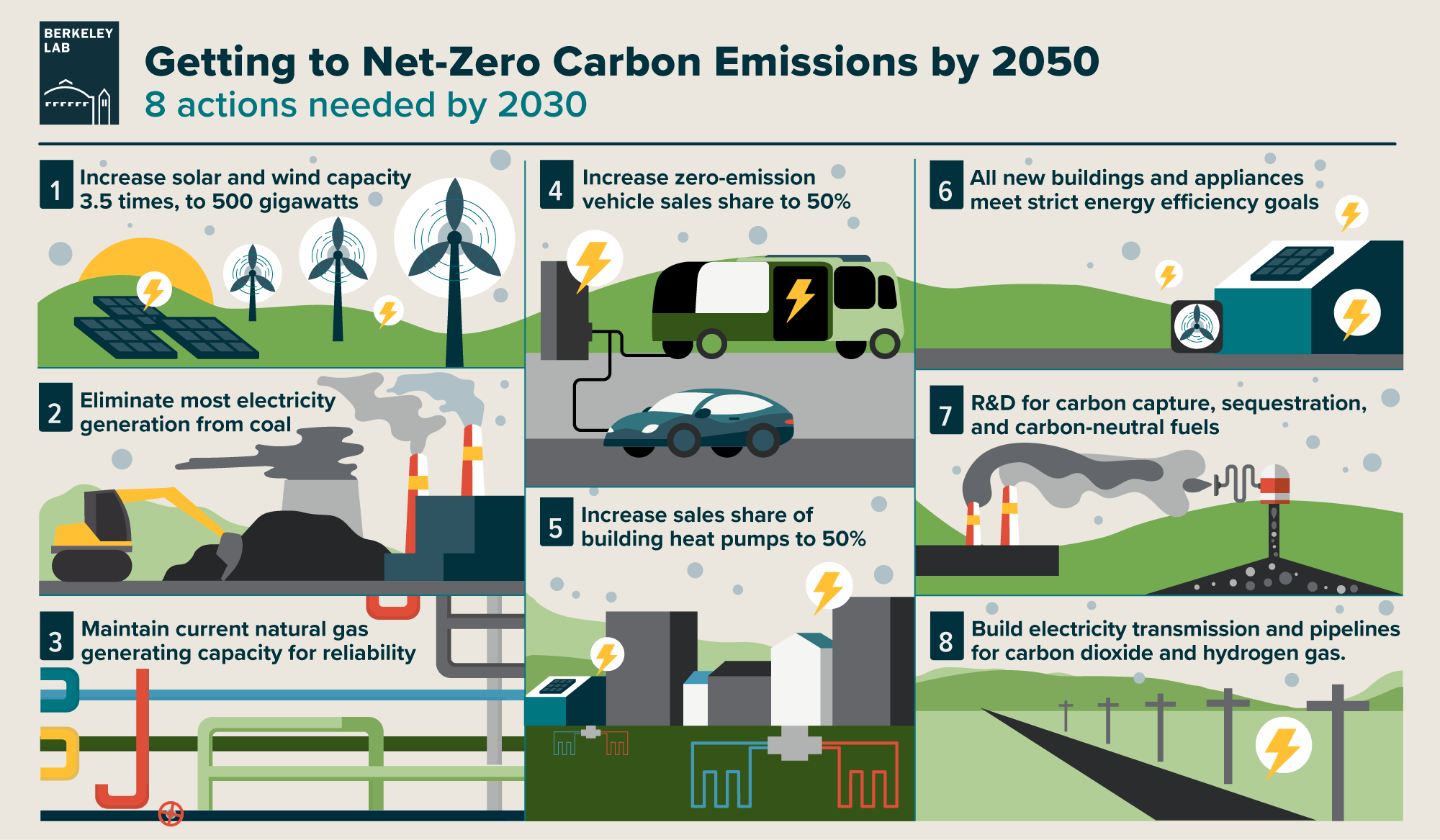Consultants Wood Mackenzie have an interesting report on the Solar market over the next 10 and 20 years.

 www.woodmac.com
www.woodmac.com
Abstract:
Renewables are the proven zero-carbon technology where much of the capital funding the energy transition will be invested. Over the next 20 years, Wood Mackenzie expects more than 4 terawatts (TW) of wind and solar power to come on stream globally, taking renewables’ share of the world’s power capacity to 30% from 10% today. Of this new capacity, some 2.6 TW will be solar.
That is over 250W of PV for every human on Earth in 2040. I think these kinds of predictions tend to be too conservative on timelines. This would only represent a tripling of solar power capacity relative to today.

How falling costs will secure solar’s dominance in power
Renewables are the proven zero-carbon technology where much of the capital funding the energy transition will be invested. Learn more.
Abstract:
Renewables are the proven zero-carbon technology where much of the capital funding the energy transition will be invested. Over the next 20 years, Wood Mackenzie expects more than 4 terawatts (TW) of wind and solar power to come on stream globally, taking renewables’ share of the world’s power capacity to 30% from 10% today. Of this new capacity, some 2.6 TW will be solar.
That is over 250W of PV for every human on Earth in 2040. I think these kinds of predictions tend to be too conservative on timelines. This would only represent a tripling of solar power capacity relative to today.




